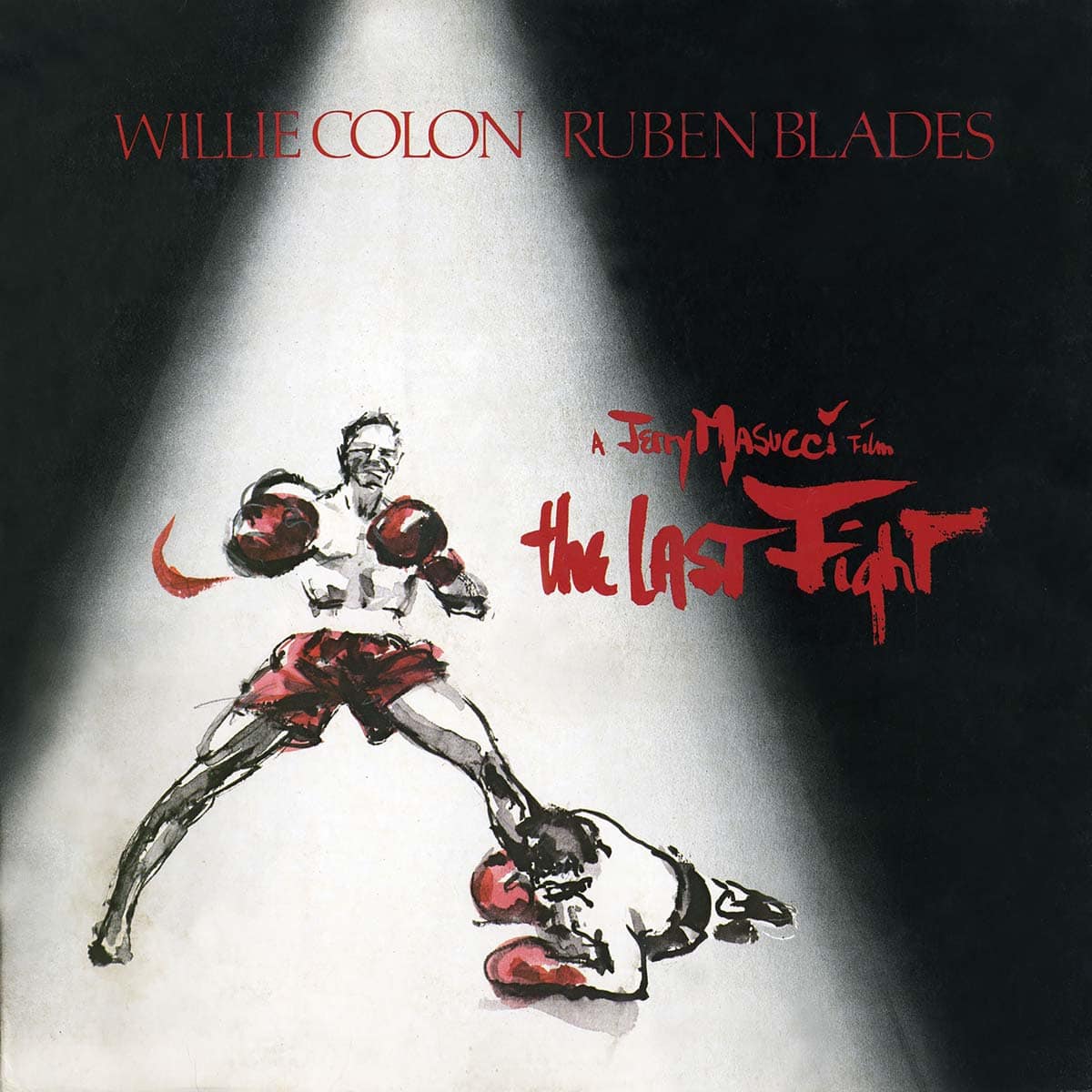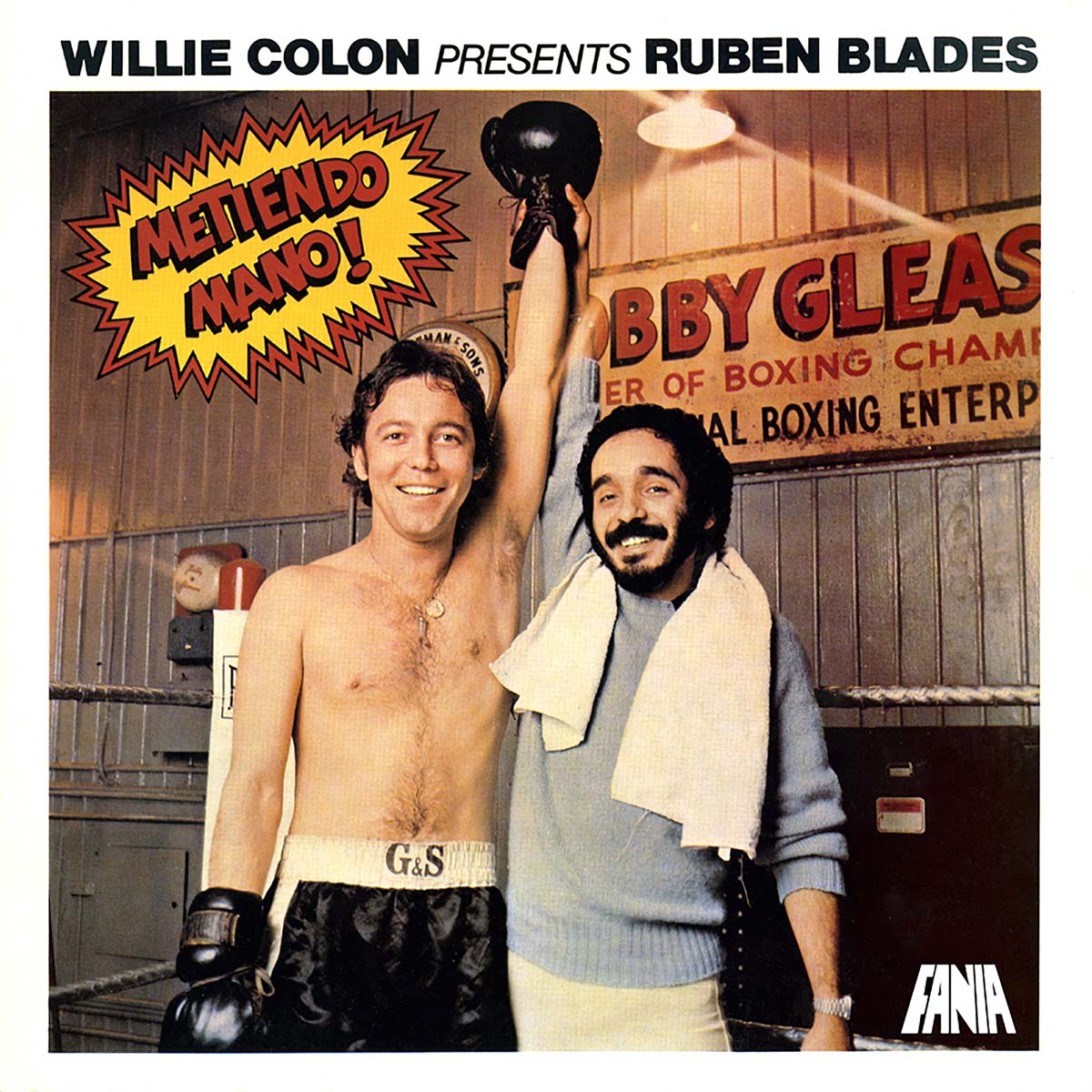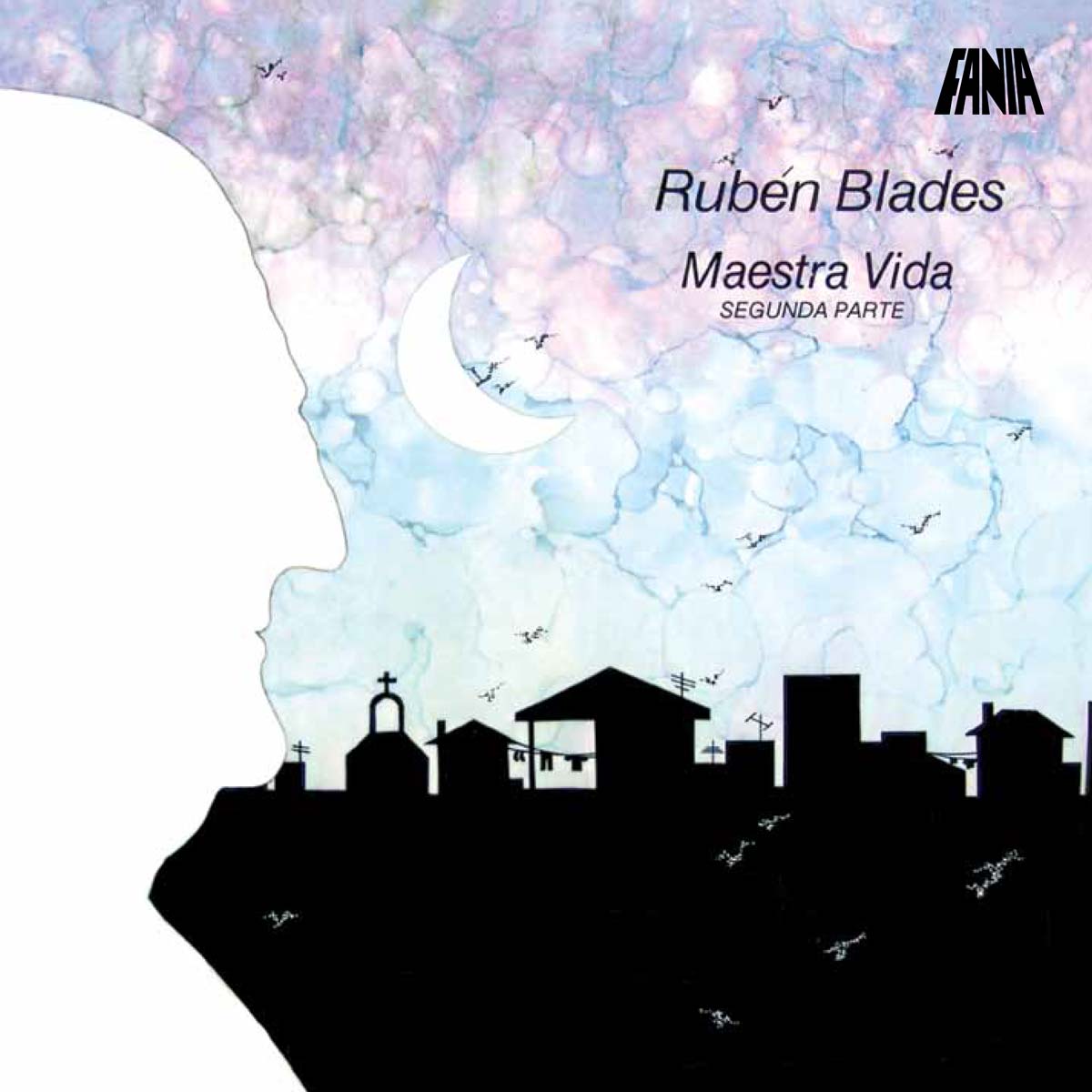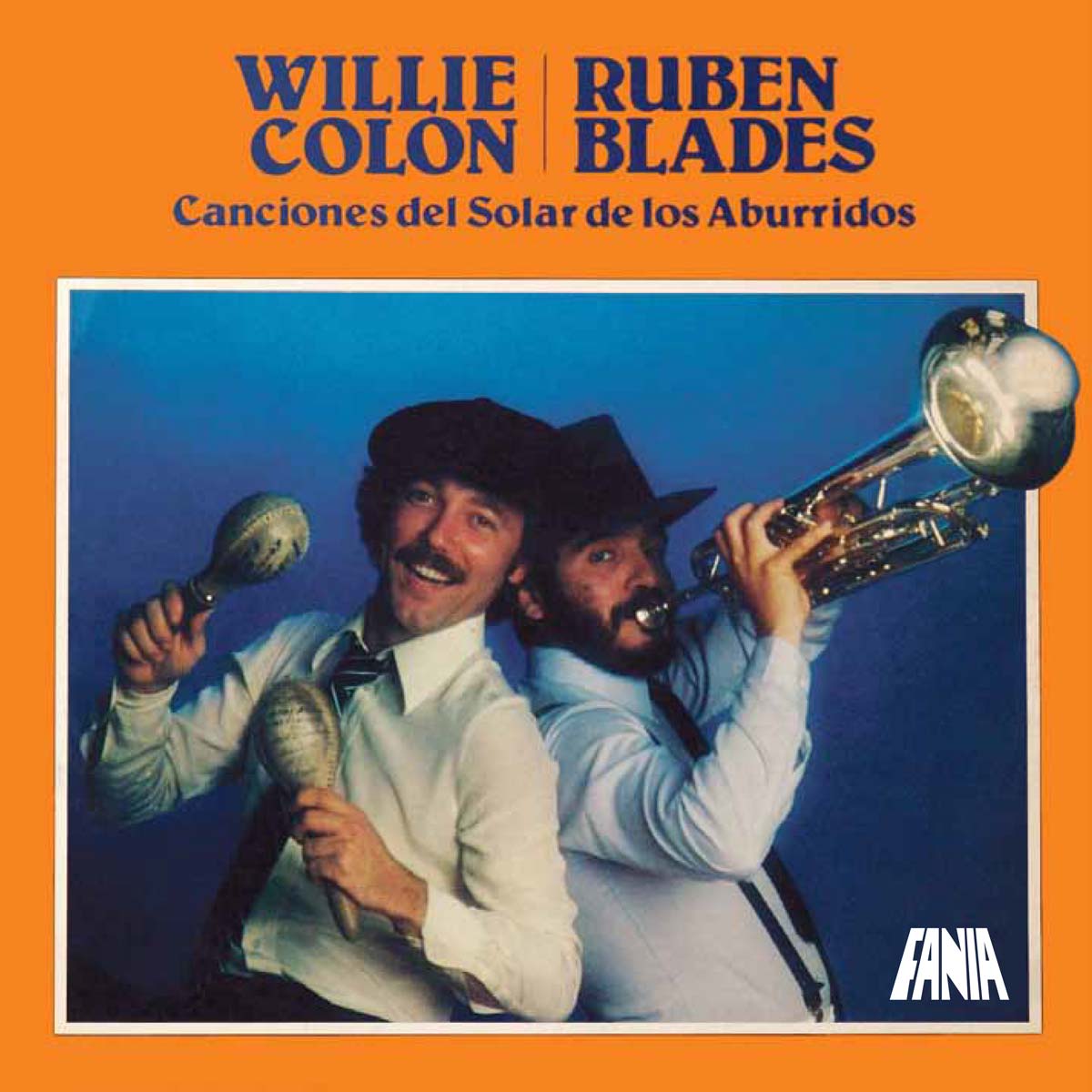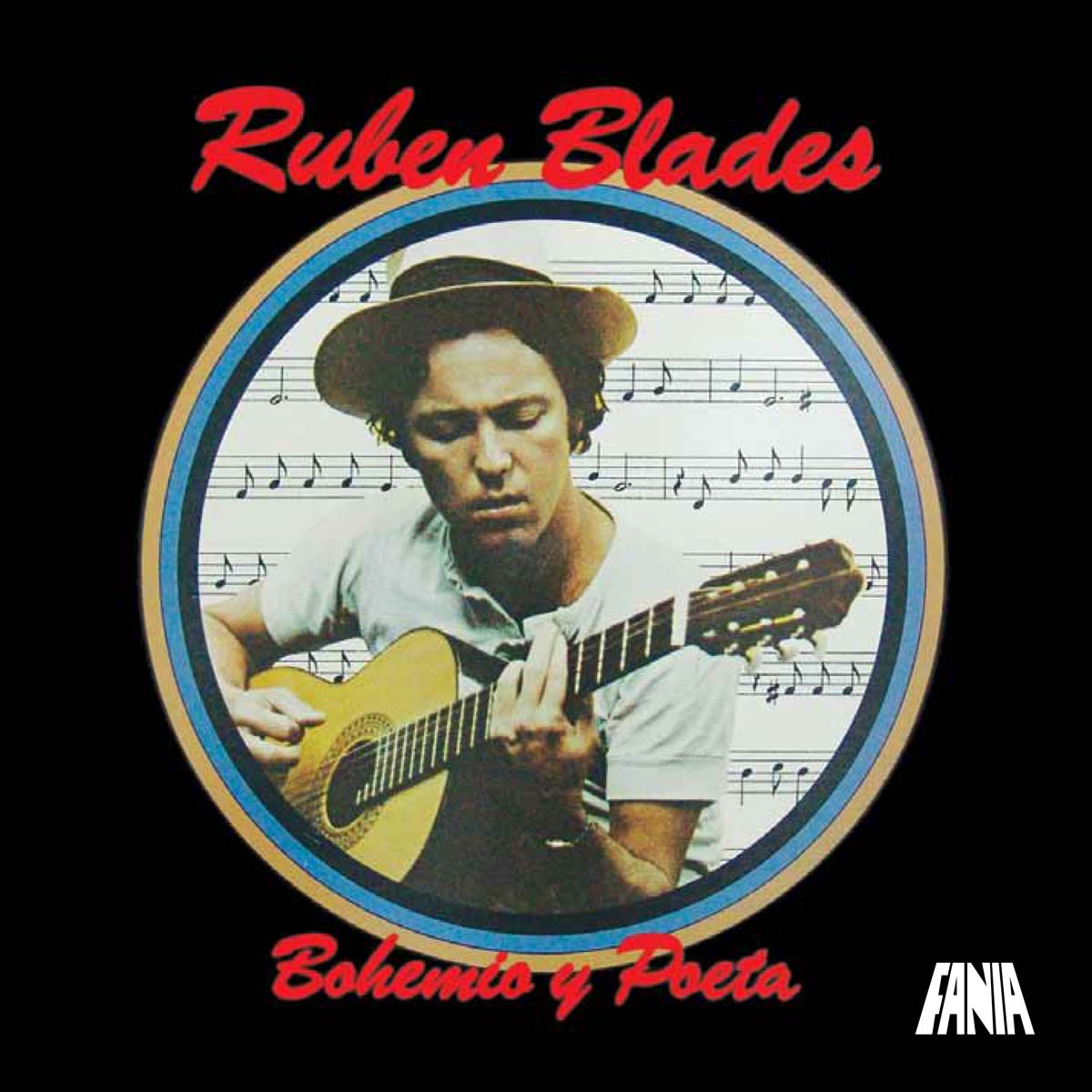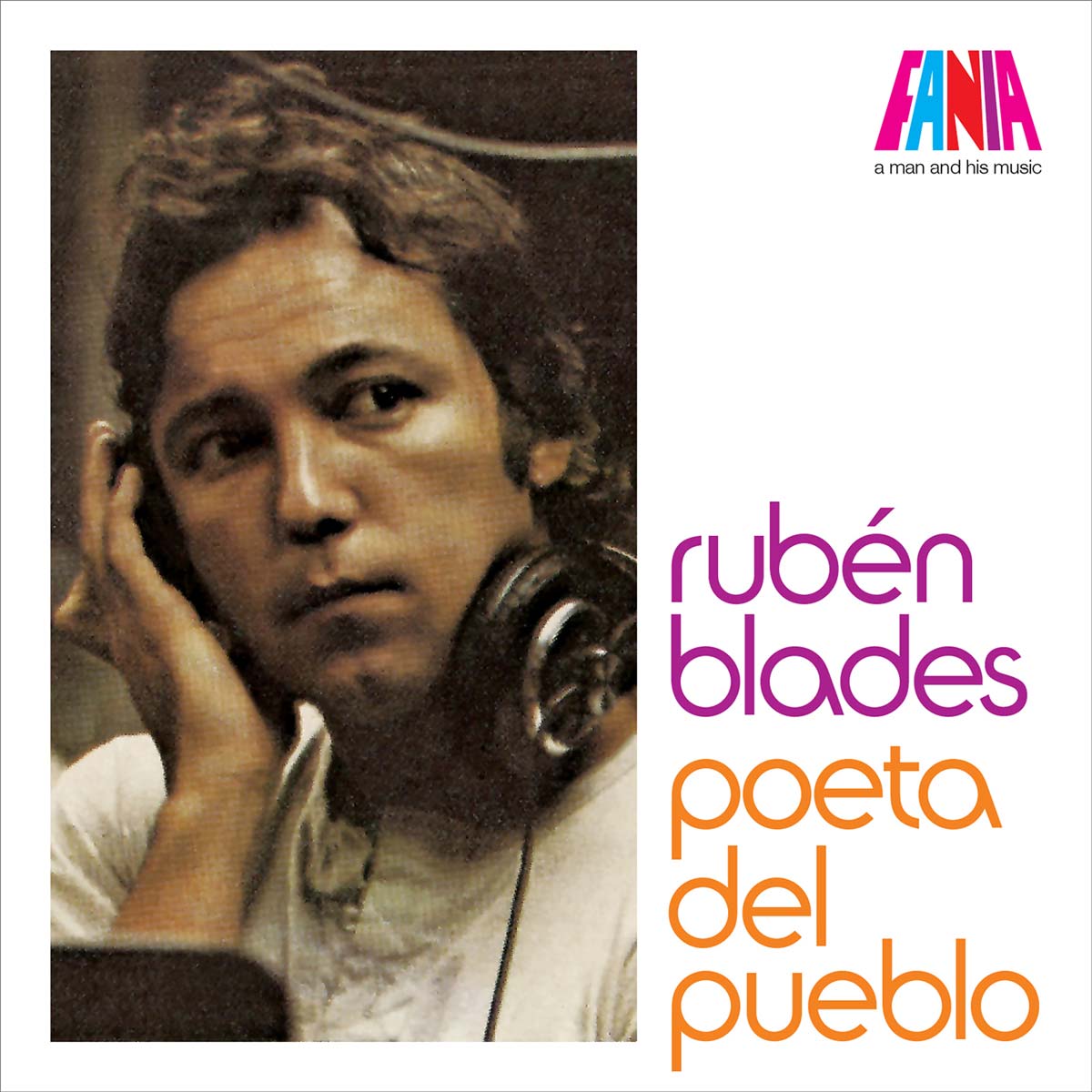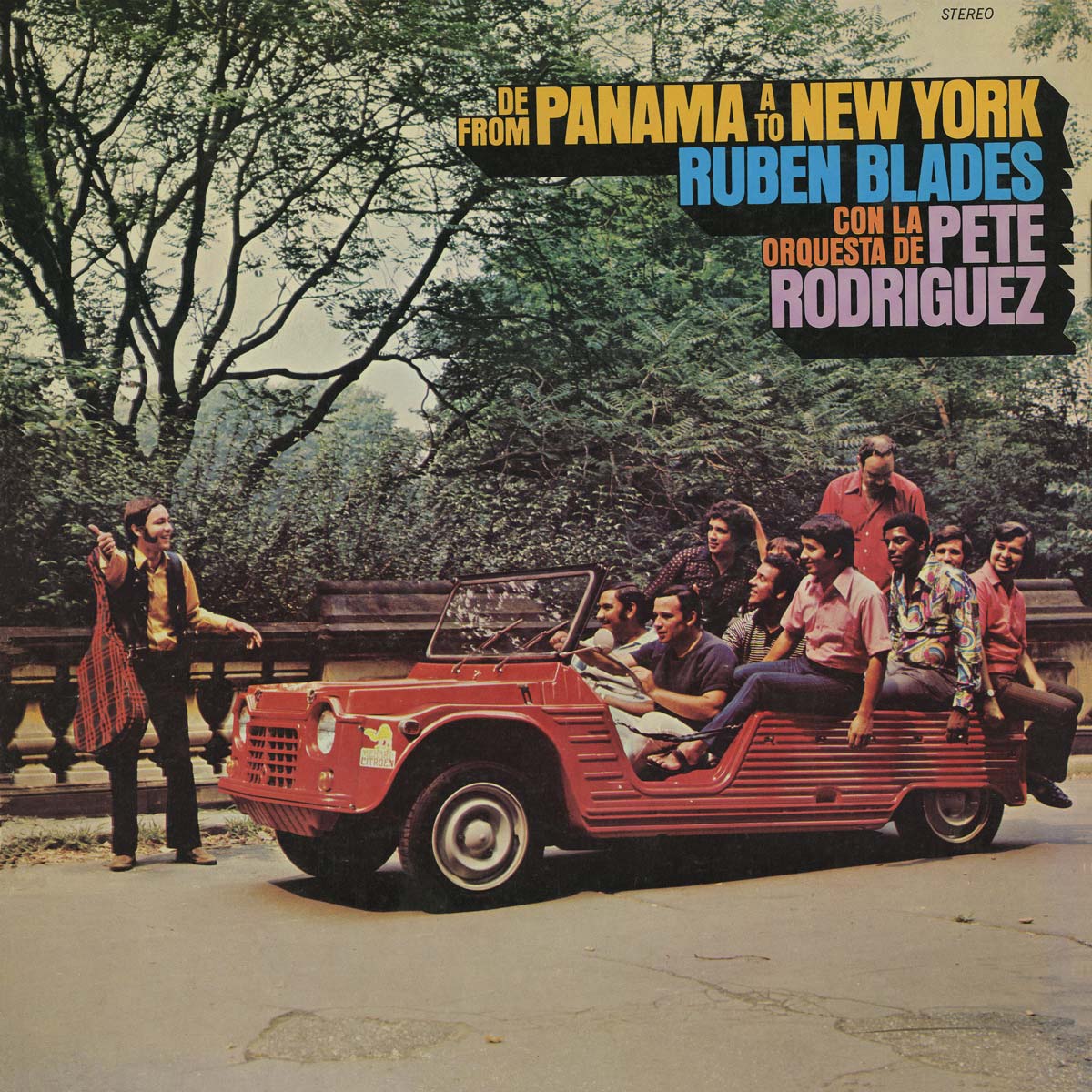
This is the first U.S. recording by the young Panamanian, who was destined to become one of salsa’s major stars before the decade was out. But his domestic debut flopped and Blades soon found himself back in Panama, resuming his law studies. What he left behind, however, would become much more than just a prized collector’s item.
Today, it’s a musicologist’s dream, a work that documents a great artist in the making. In truth, at this point in his nascent career, Blades wasn’t ready for the world stage either. He was barely out of his teens when he arrived for the first time in New York two years earlier, temporarily leaving home due to unrest at the University of Panama. Though already known as a rising talent in his native country, he was just another anonymous wannabe in the Big Apple, one with a guitar wrapped in a red plaid case and a set of unusual songs in his satchel. Though this star turn would prove premature, it also proved prescient for Alegre’s legendary producer Pancho Cristal, considered instrumental in bringing Blades to New York. As a novice, however, Blades lacked the clout to impart his own imprint to the production, and instead assumes the role of featured vocalist with the swinging band of Pete “Boogaloo” Rodriguez. Still, Blades brought something crucial to this early work – a unique artistic vision.
Although still evolving, many of his essential traits – the story-telling, the common touch, the characters sketches, the knack for melody and the arresting soneos, or vocal improvisations – were already evident here. Many of these songs contain the kernel of concepts that would bloom in future years. The opening tune “Juan González,” for example, presages his “Cipriano Armenteros,” recorded in 1975 by Ismael Miranda. Both songs extol the legends of revolutionary folk heroes, borrowing the Mexican corrido, or narrative song, but with a clip-clop salsa rhythm. It’s the differences that are revealing. The later song is much more developed as a story, with more details, more verses and more concrete action. Also, unlike “Juan González” who is killed along with his tired and hungry rebels, Cipriano is rescued in a daring raid by his men who vow revenge, a rousing ending that inspires rather than laments. Still, the artist thought enough of “Juan González” four decades later to revive the tune during his 2008 European tour. In further foreshadowing, Blades addresses a heartbroken buddy bilingually in “Hey Man,” just as he would address a street drunk in a tune that starts, “What happened, man?”’ from 1976’s Salsa at Woodstock by Bobby Rodríguez y la Companía. “El Pescador” has hints of the haunting melody of “Prepara,” from 1979’s Crossover by the Fania All Stars; both songs are about departures and both blend tenderness and foreboding. And in “Descarga Caliente,” Blades unleashes a torrent of bristling soneos expressing his fierce independence and a sharp social message against pretense and materialism, a clear preamble to “Plástico” and “Siembra” from his classic 1978 album with Willie Colón.
There are other elements here that would become Blades trademarks. The sound effects. The acoustic guitar intros. The old-fashioned feel for a Cuban bolero. The unpredictable vocal phrasing that leaps octaves to hold a high note. In his early years, Blades clearly imitated his hero, singer Cheo Felicano, notably on 1968’s “A Las Seis” recorded with Panama’s Los Salvajes del Ritmo, whose guitarist and songwriter Roberto Cedeno contributed the title track to “De Panama a Nueva York,” the only non-Blades tune here. So it’s striking that within two years, Blades had developed his own distinctive style, authoritative and inventive. When Blades returned to New York in 1974, he was still an unknown and salsa had exploded. Perhaps out of fear of failing again, he reverted somewhat to Cheo’s style on Ray Barretto’s self-titled 1975 album, which gave Blades his first turn with a major band and his first hit. By then, the world was finally ready for Rúben Blades. Anybody familiar with this album can hear that he had it in him all along.
Liner notes written by Agustin Gurza Credits: Producer – Miguel Estivill Arrangements – Frank J. Rosa, Lino Frias, Ramón Emilio Aracena Engineer – Fred Weinberg Original Album Cover Design – Ely Besalel Original Album Cover Photo – Warren Flagler, Besalel Ltd


